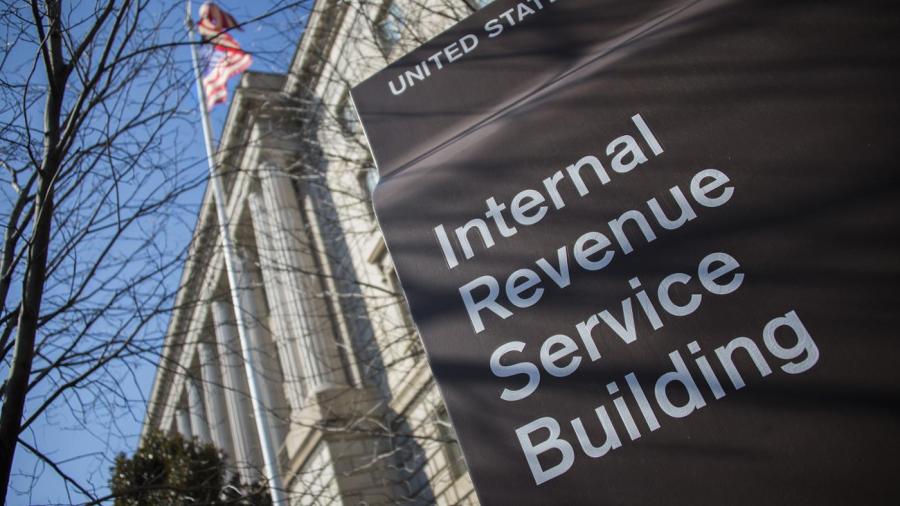What Are Some Examples of Bureaucracies?

A bureaucracy is any system of administration that uses policies, procedures and rules to function. Classic examples of bureaucracies include large corporations and government agencies.
The Characteristics of a Bureaucracy A bureaucracy has some key characteristics, including a clear power structure utilizing well-laid out rules and regulations. The leadership of a bureaucracy is usually concentrated within a few high-ranking officials. Employees within a bureaucracy are hired with an eye toward their skill level and their salaries are tied to a tiered system of pay.
Some of the negative characteristics of a bureaucracy include the inability by the system to adapt to change quickly, often leaving the institution or system unable to cope with changes in the environment or system. To try and counter this, many managers in a bureaucracy tend to micro-manage their employees, further adding to the rigid structure the bureaucracy puts forward.
Examples of Corporate Bureaucracy Examples of a corporate bureaucracy include the hierarchy, market, clan and adhocracy cultures. A corporation with a hierarchy culture follows formal rules and regulations with many layers of management. Larger businesses use this type of bureaucracy, especially those with a long chain of command. A business that uses a market culture emphasizes organization and control, placing great value on the external relationship that the company forms with the customer, suppliers or creditors. It’s a belief by a corporation that uses a market culture that building such relationships helps to increase the company’s competitiveness.
Companies that exhibit a clan culture strongly urge collaboration between employees and believe in using many teamwork and morale building exercises. The company that uses the clan culture usually has a single leader who mentors lower-ranked employees, helping to build a sense of loyalty, employee development and a shared vision, or goal. The adhocracy culture emphasizes the ability to adapt to a changing market. Corporations who adhere to this type of culture tend to employ risk taking as a strategy, with an eye toward the further growth of the company through the implementation of new ideas and innovation.
Government Bureaucracy Examples Classic examples of bureaucracy in the United States government include the various Cabinet departments, regulatory commissions and government corporations. The president appoints Cabinet department secretaries, and each appointment is confirmed by the U.S. Senate. Once appointed, the secretaries employ various individuals to help the department perform its duties. Some Cabinet departments include the Department of State, the Treasury Department, the Department of Defense and the Department of Justice.
Regulatory agencies pass regulations to help protect the public interest. Examples include the Securities and Exchange Commission, which regulates the stock market; the Environmental Protection Agency, which has broad ranging power to protect the environment; and the Federal Reserve Board, which governs the monetary policy of the U.S. Examples of government corporations include the U.S. Post Office and Amtrak. Each is a business created by the U.S. Congress to perform a certain task. To do this, each government corporation institutes many rules and regulations, making them a form of bureaucracy.





